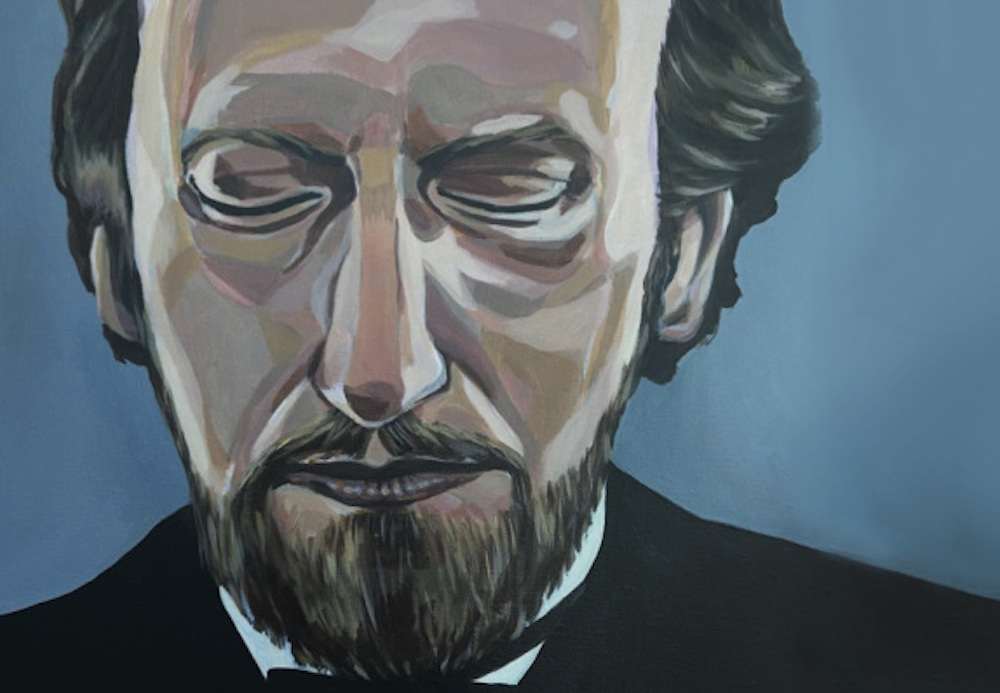It is no surprise that such a remarkable biography comes from the desk of James Eglinton, who has already established himself as a leading voice in Bavinck studies. In his first book, Trinity and Organism, Eglinton set a new course for understanding Bavinck, rejecting the “two Bavincks” thesis, which understood Bavinck as the “Jekyll and Hyde” of Reformed theology – a man alternating irreconcilably between modernity and orthodoxy. In that first book, Eglinton set out a new hermeneutic for reading Bavinck that affirms one, consistent Bavinck: orthodox and modern, who strove to articulate the “historic Christian faith within his modern milieu.”[1]
Login to read more
Sign in or create a free account to access Subscriber-only content.
Topics:
